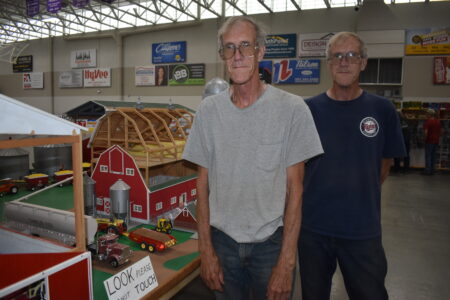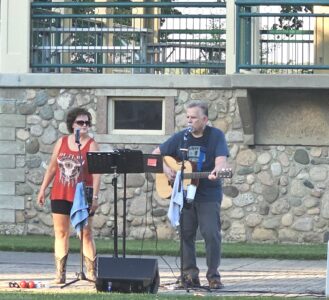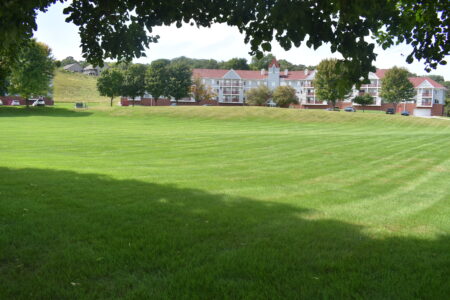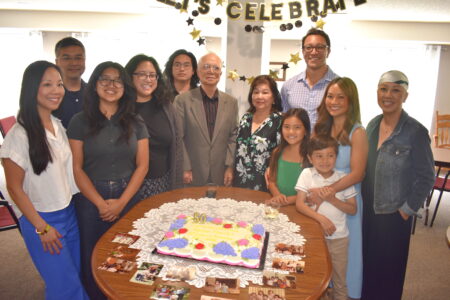Broskoff appointed to MN child protection council
To ensure child safety, well-being, family support
NEW ULM — Brown County Human Services Director Anne Broskoff recently learned she was appointed to the Minnesota Supreme Court Council on Child Protection.
Her appointment replaced the executive director of MACSSA (Minnesota Association of County Social Service Administrators) position on the 26-member council.
“I think it’s a great honor,” said Broskoff who began attendance on the Council Aug. 11. “I’m excited to represent outstate counties related to the child protection system. The council is dedicated to ensuring children’s safety, well-being, and family support, while strengthening communities.”
She said the council’s tasks include reviewing policies, child protection research, gathering information from individuals with lived experiences, evaluating the impact of foster care and out-of-home placements, and making policy recommendations to improve outcomes for children and families.
Broskoff said the council will submit a report in January 2026.
Last August, the council began hearing presentations from subject matter experts on the issues and challenges within the child protection system. Presentations were heard through March 2025.
Six themes to guide recommendation development were maltreatment prevention and early intervention; child safety, permanency, and well-being, including youth over age 18 in extended foster care; juvenile court rules, practices and procedures; social service statutes, practices and procedures; workforce development and retention; and federal, state and local funding streams.
Community input on child protection system challenges and potential solutions will be collected by broad outreach efforts, multiple engagement including online surveys and focus group discussions.
Input will be sought from key groups including individuals with lived child protection experience as parents and children, child protection system working professionals including mandated reporters, and individuals and organizations including tribal and faith communities and communities of color.
Surveys will include questions on what can be done to prevent child maltreatment? What is working well in the current child protection system? What needs to be improved?
Two-hour, facilitated focus group sessions have been held with guardians ad litem, law enforcement, mandated reporters, Asian Pacific community leaders and county child protection workers.
Key challenges include doing more to prevent child maltreatment in Minnesota, improving some parts of the child protection system and making more effective use of its limited resources.
Making more effective use of limited child protection system resources includes eliminating the disconnect between the Minnesota Department of Children, Youth, and Families (DCYF) and counties in understanding and implementing the child welfare funding system.
Despite Minnesota’s Family First Prevention Plan approved by the federal Children’s Bureau of 2022, few counties are drawing reimbursement funds for prevention services that could strengthen local services.
The availability of child welfare resources varies significantly from county to county, due in part to reliance on county-level funding based on property taxes. State and federal funding is inadequate and generally narrowly targeted.
There is a lack of strong public/private partnerships for child protection and maltreatment prevention, limiting innovation, resource expansion and coordinated community-based support.




